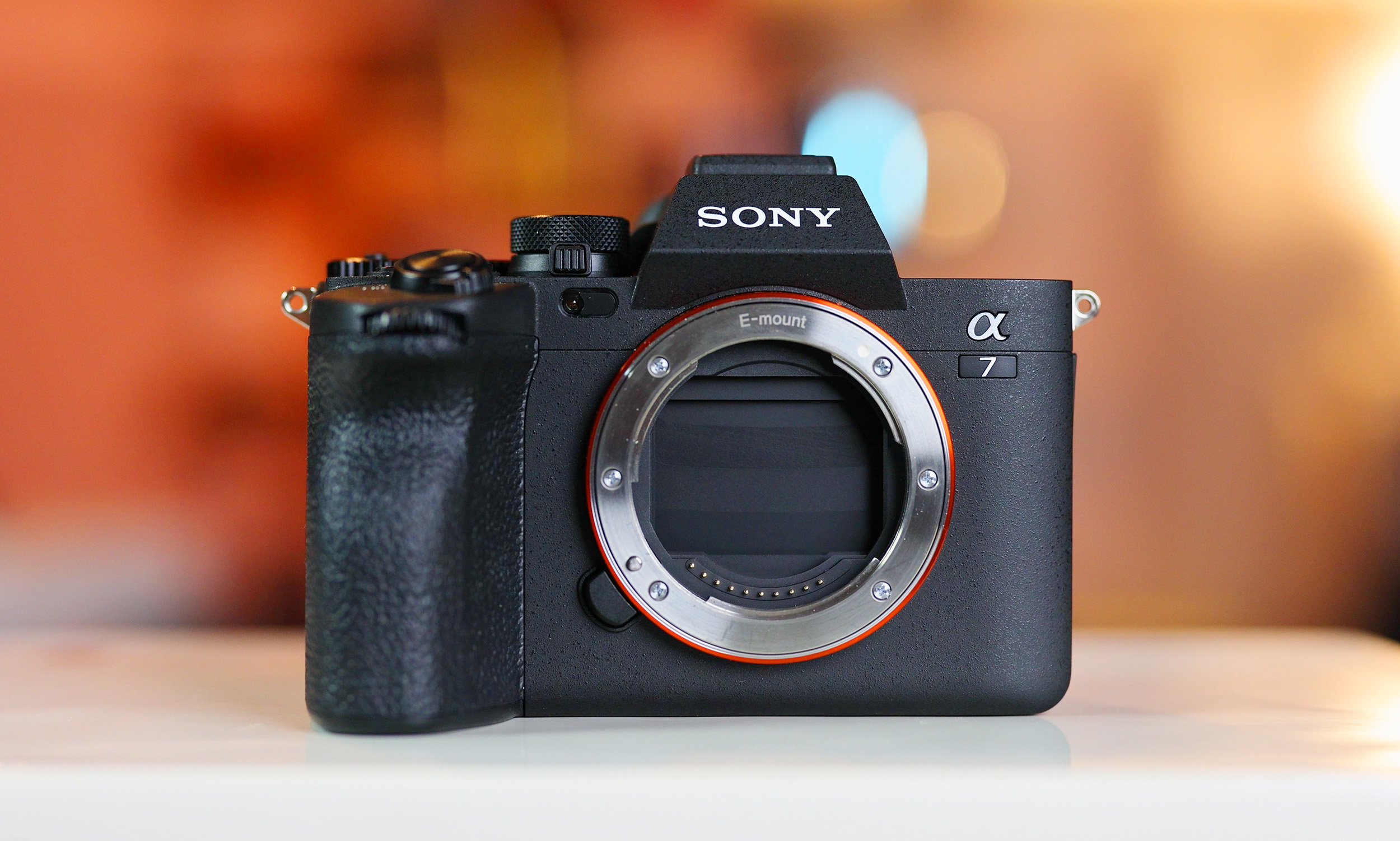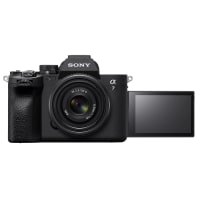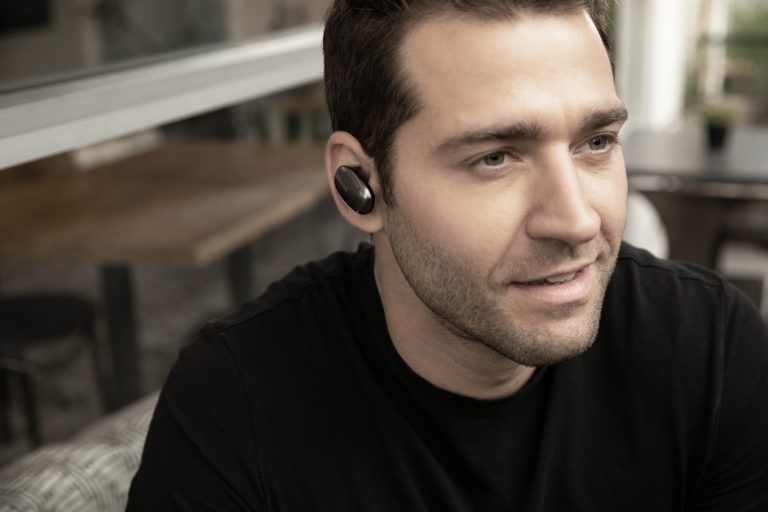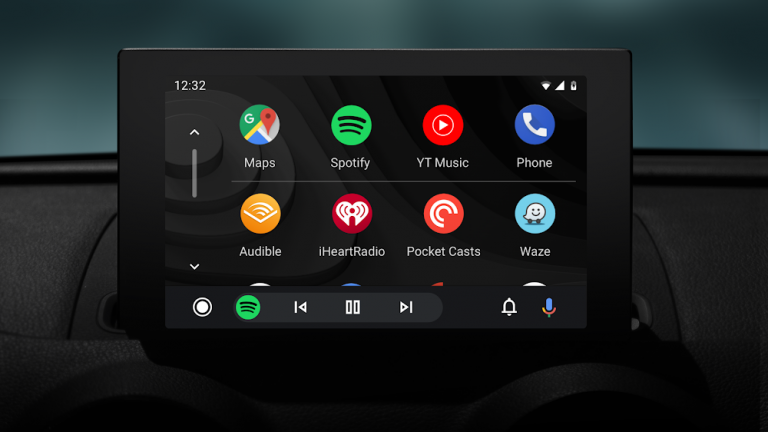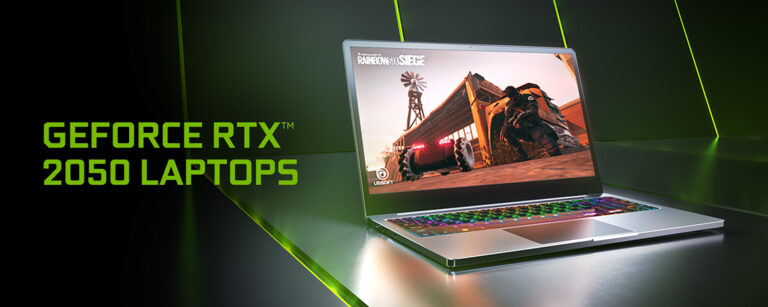Sony A7 IV review: A nearly perfect hybrid camera powerhouse
Nearly four years after Sony released its highly successful A7 III hybrid full-frame mirrorless camera, it finally launched a follow up. The A7 IV brings a raft of new features and improvements like a higher-resolution 33-megapixel sensor, improved video specs and updated AI-powered autofocus. However, at $2,500 it’s also $500 more than the A7 III was at launch.
A lot has changed over the years between the two models. Sony now has to contend with formidable rivals like Canon’s EOS R6 and the Nikon Z6 II. It itself has also released new high-end models like the A7S III, A7R IV and A1 loaded with the latest technology.
Pros
- Excellent image quality
- 4K 60p 4:2:2 video
- Incredible autofocus
- Great handling
Cons
- Rolling shutter
- Relatively slow shooting speeds
- High price
With all that, I was of course curious to see how the A7 IV would stack up in a category it dominated for quite a few years. How does it measure up against rivals, particularly when it comes to video? How much new tech from the high-end models has made it to the mainstream A7 IV? And is it suitable for professional use? Let’s dive in and find out.
Design and handling
Gallery: Sony A7 IV full-frame mirrorless camera review | 28 Photos
Gallery: Sony A7 IV full-frame mirrorless camera review | 28 Photos
Sony’s A1, A7S III and A7R IV all had substantial body changes compared to their predecessors, and the A7 IV follows the same script. It has the same nice big grip, so you never feel you’re going to drop it, even with a big lens. However, it has picked up some heft and size, weighing in at 699 grams compared to 650 with the AIII. It’s 7mm thicker, too.
It has similar controls to the A7 III, with the biggest difference being that the record button has moved from the back to an easier-to-access position on top. The buttons and dials also generally feel better and more precise, and the joystick is grippier and easier to use. It lacks certain dials compared to the far more expensive A1, like the shooting mode and autofocus dials. The lockable exposure compensation dial is the same, but lacks the graphics because it’s designed to be programmable.
In one way, however, the A7 IV’s body is a step up from the A1. The rear touch display can fully articulate and not just tilt out, so it’s much more practical for low-angle shooting in portrait orientation. That also makes it far more useful as a vlogging camera.
It has the same well-organized menu system as the A1 and A7S III, though some controls can be a bit tricky to find. As with any other modern camera then, it’s time well spent to set up the function menu, custom menus and manual controls to your liking. Overall, though, Sony’s menus are now among the best, and better organized than on Canon’s EOS R6, for example.
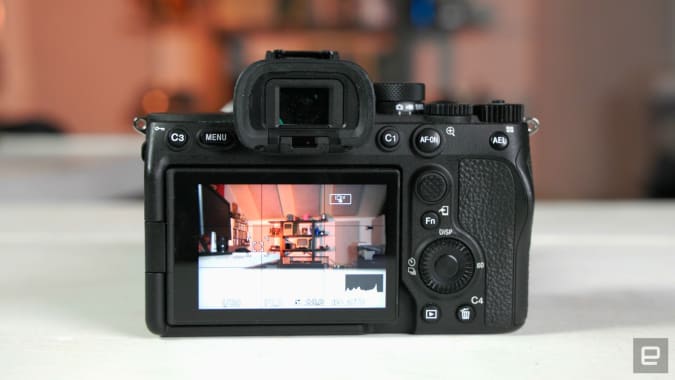
Steve Dent/Engadget
The 3.69-million dot EVF is much clearer than the 2.68-million dot one one on the A7 and on par with similarly priced rivals. However, the rear display is smaller and has lower resolution than the one on the R6. That can make manual focus tricky, though the A7 IV has a new feature that can help there – more on that shortly.
The A7 IV has a dual-slot card system that supports both SD UHS II and much faster CFexpress Type A cards. However, unlike the slots on the A1 and A7S III, it only has a single dual-slot, with the other being SD UHS II only. Type A CFexpress cards aren’t quite as fast as regular CFexpress cards, topping out at 800 MB/s compared to 1,700 MB/s. They’re also only used in Sony cameras, so they’re relatively hard to find and quite expensive.
Other features include a USB-C port that can power the camera during operation, along with a full-sized HDMI port, thank God. It uses Sony’s new NP-FZ100 battery that delivers up to 580 shots on a charge, or about 2 hours of 4K video shooting. Finally, the A7 IV can close its mechanical shutter when the camera is turned off, protecting it from dust when you change lenses. That’s a feature that first appeared on the EOS R, so thanks for starting that trend, Canon.
Performance
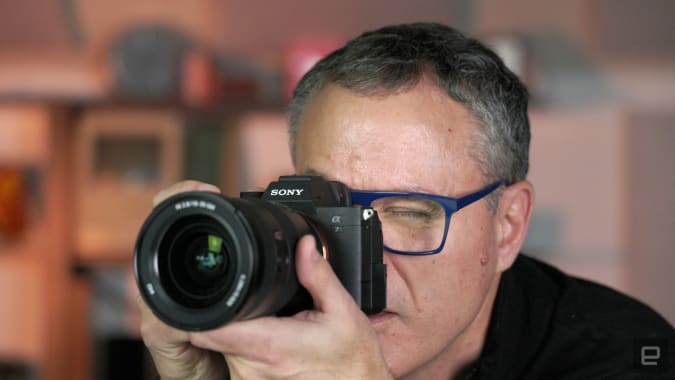
Steve Dent/Engadget
Sony’s mirrorless cameras are renowned for their autofocus speeds and AI smarts and the A7 IV is no exception. However, Sony made some compromises that affect performance.
The new 33-megapixel sensor is back-side illuminated but not stacked like the sensor on the A1, so readout speeds are relatively slow. As a result, shooting speeds are 10 fps like the A7 III in either mechanical or electronic shutter modes for compressed RAW photos, and drop to 6 fps if you use lossless or uncompressed RAW, as many photographers prefer to do.
That’s still impressive considering the resolution is up nearly 50 percent. By comparison though, the Sony A1 can shoot 50-megapixel photos in electronic mode at up to 30 fps, showing the speed benefits of a stacked sensor.
While burst speeds aren’t improved, you can capture more photos at a time, up to 1,000 in the uncompressed RAW format. If you use CFexpress Type A cards from Sony or ProGrade, you can effectively shoot forever without filling the buffer.

Steve Dent/Engadget
Another drawback with the A7 IV’s slow sensor readout speeds is rolling shutter. If you want to shoot silently in electronic mode, you’ll need to keep the camera steady and your subject can’t move quickly either. Otherwise, you’ll see slanted lines and other artifacts that can be bad enough to ruin shots. Using the crop mode helps a lot, but then you lose the benefits of a full-frame sensor.
The A7 IV is Sony’s most advanced camera yet when it comes to autofocus. All of Sony’s new AI tricks add up to make it the easiest to use and most reliable camera I’ve ever tested in that regard.
Unlike the A7 III, face, eye and body tracking works in all focus modes for animals, birds and people. Unless you turn it off, it’ll automatically pick up your subject’s eyes, face or body and track them even if they turn or disappear from frame.
Whether you’re tracking sports, birds or cars, the tracking spot will stay tenaciously locked to your subject in most situations. All you have to do is touch the subject you want to track and the camera will take it from there.
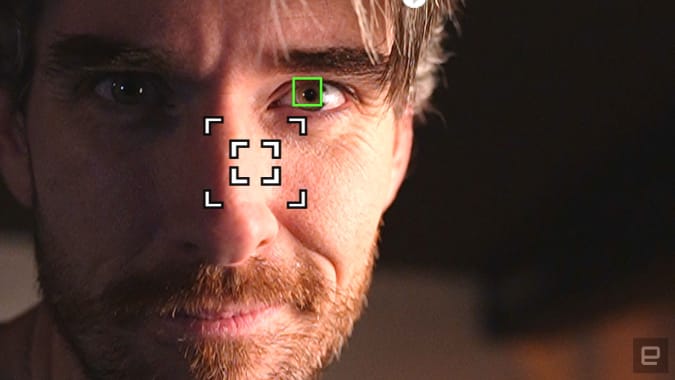
Steve Dent/Engadget
The A7 IV’s autofocus can easily keep up with the camera’s burst speeds for sports or bird shooting. But more importantly, the A7 IV consistently nails focus in other tricky situations, particularly with people. In some chaotic situations with lots of subjects and complex lighting, I ended up with very few unusable shots. Keep in mind that optimum focus performance requires Sony’s latest lenses, but it worked well with recent Sigma models as well.
Focus is just one part of the equation. It consistently nailed auto-exposure and auto white balance in tricky situations with a mix of lighting. That worked well in a bar with a mix of studio and practical lights, or in front of the famous Paris department store animated windows with all kinds of colors of lights.
In-body stabilization improves a half stop over the A7 III to 5.5 stops with compatible lenses, but neither comes close to Canon’s claimed 8 stops on the EOS R6. That’s somewhat balanced out by Sony’s superior high ISO performance, however. I was still able to get reasonably sharp shots down to a half second with some care.
Photo Quality
Gallery: Sony A7 IV review sample images | 54 Photos
Gallery: Sony A7 IV review sample images | 54 Photos
A big improvement with the A7 IV is with image quality. You’d expect more sharpness with the extra resolution, and it certainly delivers that. However, you might also think that the smaller pixels would make A7 IV worse in low light, but nope. In fact, through much of its ISO range, the A7 IV performs better even than Sony’s low-light champ, the A7S III.
Images are clean and usable in most low-light situations right up to ISO 12,800, with plenty of detail even in underexposed shots. In fact, the A7 IV has the least noise I’ve ever seen in that ISO range. Correctly exposed photos are usable up to ISO 25,600, but noise becomes a serious issue after that.
Sony has improved its color science with every new camera lately, and the A7 IV has perhaps its best setup yet. The green cast we’ve seen on earlier models is gone and colors are accurate right out of the camera and easier to balance in post than ever before.
JPEGs look great straight out of the camera with a nice balance between detail and noise reduction. The 14-bit RAW images deliver up to 13 stops of dynamic range, giving you plenty of room to lift shadows and claw back highlights. Overall, Sony’s A7 IV delivers perhaps the best images of any of its cameras, with a great balance between detail, high ISO performance and color accuracy.
